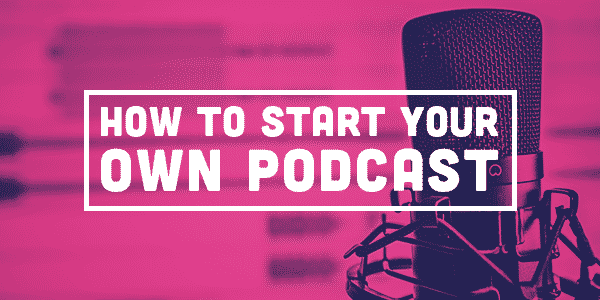There is a growing demand for podcasts these days, and this is due to the reasons that many celebrities and popular personalities started opening podcasts. Now, anyone with in-depth knowledge on any subject can open podcast and become popular. It is like opening a YouTube channel and putting up quality content and becoming popular.
For businesses, podcasting is one way to reach your audience. Some people would rather listen than read lengthy blog posts. If you create podcasts for prospect clients, they can easily absorb information wherever they are.
Podcasting is a convenient way to establish personal connection with your consumers. Thus, you’d like to create meaningful podcasts based on what they’re interested in. One way to do that is to use a call transcription software to determine your clients’ interests. This program records calls, transcribes, and analyzes them to ensure the best client experience. You can get podcast ideas using this program.
So, if you have made up your mind to open a podcast, the following is the step-by-step guide on how to start your own podcast.
Step 1. Planning
Before opening anything, there has to be a proper plan. Before getting a podcast off the ground, you have to choose a niche or sub-niche that can get you traction. Besides, you should have ideas and topics for at least 30-50 podcasts so that you do not run out of content in your niche within a few episodes. You can plan to get a co-host on board to make your podcast interesting and not monotonous. A female co-host is better to draw a crowd. Then choose a catchy name for your podcast that also shows the niche of your podcast. Write catchy taglines and have a proper description for spreading across. Also, register a domain name with the same.
Step 2. Get The Format Right
The length of every podcast episode is important not to make it lengthy or too short. In the beginning, you should vary the length to see what is working for you and then you can stick to one. Next thing to address is the style. You should not be too professional nor should you beat around the bush. There should be jokes, puns, but also informative. Therefore, it must be relatable and not boring. Besides, you can get a proper format meaning you can beat the entire episode into different segments. You can start with a teaser, welcoming, hooks, interview or news, detailed analysis, call to action and outro. In between, you can have intro and outro music, ad spots, and much more.
Step 3. Preparation
You need to get a professional logo, cover art, and you already have a domain name. Similarly, you have to get a professional intro and outro, and you have to have to get music pieces for different segments. Moreover, you have to get a script ready for multiple episodes in advance. Scripts are a must for the first few episodes as it will make your podcasts better and discipline. Moreover, you have to get a proper setup with professional mic, contacting guests for appearance and interview, professional software for editing and create a proper template that you can reuse for fast editing.
Step 4. Start Recording
You should record at least 3 episodes in advance so that some of them are in backup. You can do solo recording first and get guest parts done then. You can do remote interviews then and put everything together. Only when you have at least 3 episodes recorded and edited, you can opt for the rest of the work. Editing takes as much time as recording as you have to make it appealing and attractive. At the very beginning, you should take help of the professionals or freelancers to get it done perfectly. As a general rule, most of the podcasters do all the work with help from freelancers. Once things get big, they hire professionals to work out.
Step 5. The Launch
There are different companies to host your podcast. Buzzsprout is a popular name with a complete hosting guide. Besides, there are many popular platforms like Transistor, Spreaker, PodBean, SoundCloud, and Libsyn. Upload your first few episodes and most of them platforms have easy uploading process.
If you want a free thing, YouTube is a great platform, and a lot of people are opting for it. However, there is very little scope to make money as everything is free. However, you can go for a subscription-based model. The most popular platform for podcasts is iTunes, and that is where most of the popular podcasters are. Besides, it should be available on Google Play and Spotify as well. For uploading on iTunes and getting started, it is always effective to take the help of a professional for getting everything perfect.
Optional Steps
It is better to create a WordPress website, and Bluehost is a quality host. You should create a transcription to get better ranking through text content. Scribie is a popular transcription service provider. Also, create show notes and get people hyped for the upcoming episodes.

